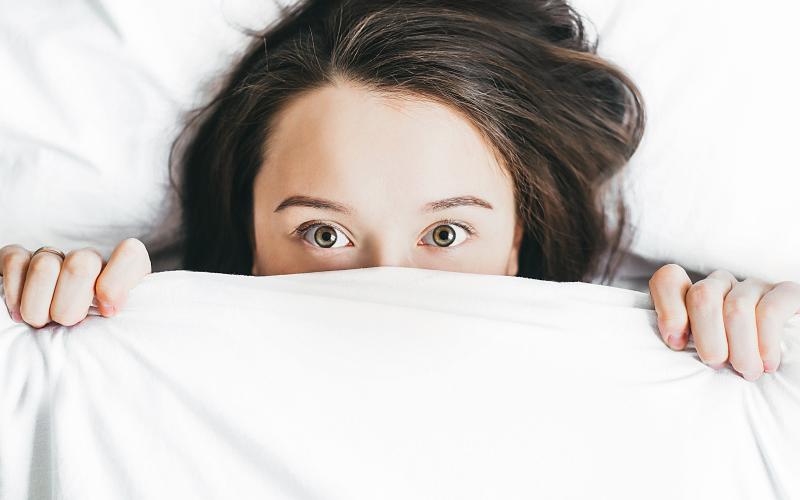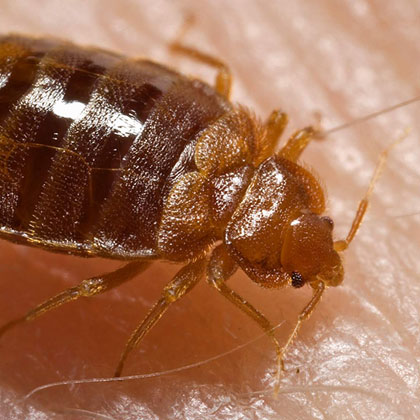When the Bed Bugs Bite

When the Bed Bugs Bite
You know the skin-crawling, hair-raising feeling right before you drift off to sleep? It might not be “all in your head”. Bed bugs are on the rise, and travelers are unknowingly shuttling them across the oceans. Researchers wanted to know exactly how bed bugs were making long journeys at an unprecedented rate. They found bed bugs are attracted to dirty laundry, not just old mattresses. As international travel increases, bed bugs are jumping into suitcases and spreading across the globe.
Hentley, W. T., Webster, B., Evison, S. E. F., Siva-Jothy, M.T. (2017). Bed bug aggregation on dirty laundry: a mechanism for passive dispersal. Scientific Reports. 7: 11668. DOI:10.1038/s41598-017-11850-5
International airfare is getting cheaper, which means people are traveling more than ever before. They may also be unwittingly bringing home some unwelcome souvenirs. Similar to mosquitoes, bed bugs can detect carbon dioxide, which enables them to determine whether a potential host is nearby. This allows them to move quickly between connected bedrooms, as is often the case in hotels. To travel internationally though, the bed bugs must be cuing in on something besides carbon dioxide.
Scientist William Hentley and his colleagues decided to tackle the problem of bed bug resurgence by studying exactly how these hitchhikers were getting around. Their work was published in Nature: Scientific Reports in September of 2017.
The researchers set up a bedroom-sized experimental arena and observed how bed bugs move. Turns out, bed bugs aren’t simply cuing in on your breathing – they love the smell of dirty clothes. Bed bugs are able to detect over one hundred different kinds of human scents and the smell of laundry makes them think food is nearby. Your risk of bringing bed bugs home isn’t highest when you sleep on an infested mattress. Instead, it’s when you leave your suitcase open, or leave piles of dirty laundry on the floor.
Before bed bugs find your laundry, they are nestled away in comfortable hiding places called refugia. Carbon dioxide may be what stirs them to leave their refuge, but the smell of laundry pulls them in the right direction of a potential host. There is some evidence from previous studies that female bed bugs have a higher metabolism than male bed bugs, meaning females become hungry more quickly and are more likely to find their way to your suitcase. However, in Dr. William Hentley’s longer term study, there were no significant differences between male and female bed bug movement. Understanding the differences between male and female bed bug activity is important because it only takes one pregnant bed bug to start an infestation when you return home.
The next time you travel, store your laundry in a sealable bag and carefully check your luggage when you return. By taking these few precautions, you can ensure the bed bugs won’t bite.




